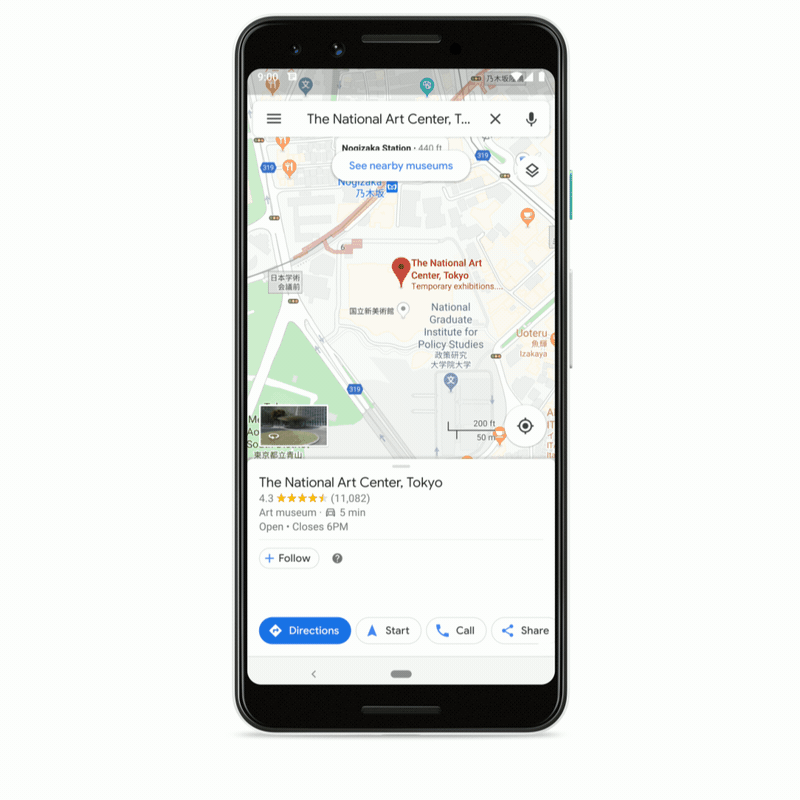I’ll admit, I’m terrible with directions. Which is why I’m super thankful that I live in an era where we have navigation apps like Google Maps and Waze. Personally, I’ve switched to becoming a Google Maps kinda person because Waze is very temperamental and often refuses to do what you want it to do. Also, lane guidance is a phenomenal feature that every navigation app should realistically include.
That’s also why I’m always looking forward to any major(-ish) update that Google pushes to their navigation application. I mean, I think we can all remember the time I freaked out about this new feature.
Anyway, for obvious reasons, Google has a new update to their map and I think it’s a more significant update than you might think. Now, before people start sounding off in the comments about how I should just get to the point, I probably should start getting to the point. But before that, let me just start with a short story that will give a little context to why I think this update is super important.
For work, I often travel to foreign countries where I don’t know the local language. I mean, it’s already hard enough for me in Malaysia sometimes because I can’t read Chinese, but imagine being in like Taiwan and needing to tell the cab driver that I want to go to this really remote bun shop without knowing how to speak Mandarin or Hokkien. It takes a lot of pointing and gesturing and sometimes that gets you kicked out of the cab.
But now, with this latest update to Google Maps, that may be a thing of the past because everyone’s favourite data-collecting search engine giant has come up with the brilliant idea to combine the translating features of Google Translate with Google Maps.

With this new feature in Google Maps, if you encounter a location, you will see a new speaker icon next to the name that enables your phone to speak out that place’s name and address in the “local lingo”. So, the idea here is that if you’re in Japan or Taiwan, and your phone’s language is set to English, Google Maps will read out the names and addresses of the places in Japanese or Mandarin. And, if you want to have a longer conversation, you can tap on “Get more translations” so the phone can take you into Translate.
Now, I’m assuming this application is for foreign languages, but when Google says “local lingo” could they also be referring to local-specific names for particular places? I’m not exactly sure because it hasn’t rolled out to my Maps yet, but if that’s really the case, I think the biggest question on everyone’s mind would be: will Google call Malaysia’s largest mall 1U or OU?
I’m #Team1U because it just makes sense OK? Don’t be ridiculous, why would it be OU?
[SOURCE]








